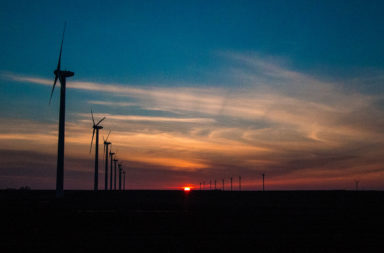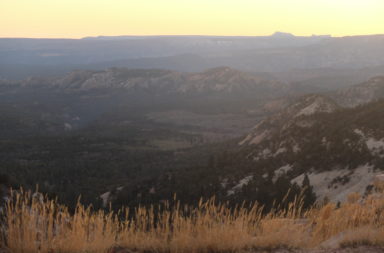Tackling illegal immigration in the southern border of the United States continues to be a major part of the Republican platform, in large part due to outdated statistics and fear mongering. At its peak, as many as 770,000 Mexican immigrants were arriving in the United States each year. However, in 2010 the number hovered around 140,000 immigrants per year.
The latest studies showed that net-migration between the US and Mexico is zero. That is to say as many people are leaving the United States to return home as are entering it illegally.
This has not made the Republican nominees focus on more pressing issues. Donald Trump has instead said “I will build a great, great wall on our southern border, and I’ll make Mexico pay for it.”
The Republican front-runner for the presidential campaign has not tired of making this part of his stump speech during the race. And why would he? Polls show that conservative constituents think Trump is the candidate most capable of dealing with immigration, not in small part due to his grand claims and easy fix solutions. This strategy has worked so well with voters that his opponent, Senator Ted Cruz, has recently started championing the wall as well, much to Trump’s annoyance.
So, how feasible is this wall, and what would be its real effects?
The US-Mexico border is 1,954 miles long—with rivers along nearly 1,280 miles, the second largest desert in North America and 7,000 foot high mountains. About 650 miles of the border have a fence. Accounts differ on whether this has actually decreased migration. Not only would the wall have to be this long, but Trump has suggested it should be as much as 20 feet high.
When addressing the differences between a wall and the existing fence Trump said, “It’s more secure. It’s taller.”
However a really tall wall isn’t enough to keep people out. Border walls have become more popular in recent times. Israel has built a wall 310 miles long (so far) but they have realized that it takes a lot more than a tall wall to actually keep people out. Their system includes a road for patrolling, a ditch, barbed wire on both sides and surveillance cameras. The entire width of this defense area is approximately 160 ft wide. The National Journal estimates that with this system the nearly 2,000 mile border would cost the US 6.4 billion.
These estimates don’t seem to consider the differences in terrain. The nearly one-third of the border that is already fenced is built both where it is most effective and where it was easiest to build. Estimates that consider the terrain lead to numbers as high as $16 million per mile in difficult sections. With 1,300 miles of “great big wall” to build and private lands to purchase to achieve that, the total cost estimates rise significantly.
Considering patrolling and surveillance equipment, the wall would cost an additional $28 billion a year.
And what would such an expensive wall achieve?
The one-third of the border that is already fenced did indeed change migratory patterns. However the net effects might be surprising. It did make crossings more difficult, diverting flows to more inhospitable terrain. However this hasn’t made people stop attempting the change, it simply made their stay more permanent.
Much of Mexican migration to the United States used to consist of itinerant workers. These workers came to the US to work in the fields or take other low-skilled jobs. Most of them hoped to leave cheaply, save money and send it home to their families. Indeed most of them returned to Mexico within a year of first arriving. The fruit of their labor goes much further in the southern neighbor country than in the United States. Many saw this as an opportunity to save to build a home, buy land or in other ways break the cycle of poverty they were born into.
As the cost and dangers of crossing have increased, due to legislation aimed at securing the border more and more immigrants are choosing to stay in the United States, bringing their family over or starting new families there, making the US their permanent home. It is no longer worth it to make the crossing multiple times. Some research suggests this has increased the number of illegal immigrants by 44%.
Not only may the wall be counterproductive in the number of illegal immigrants in the country, but a harsher stance on the illegal immigrants might be costing the US economy billions of dollars. Many migrants worked in the agricultural sector, picking fruits and vegetables off the field. Without them, entire fields are left to rot.
A new study by the Partnership for a New American Economy estimates a loss of $3.1 billion in agricultural production and an additional $2.8 billion in spending on other services. The low-income Americans whose jobs immigrants are supposedly taking have made it clear: they don’t want these back-breaking jobs.




